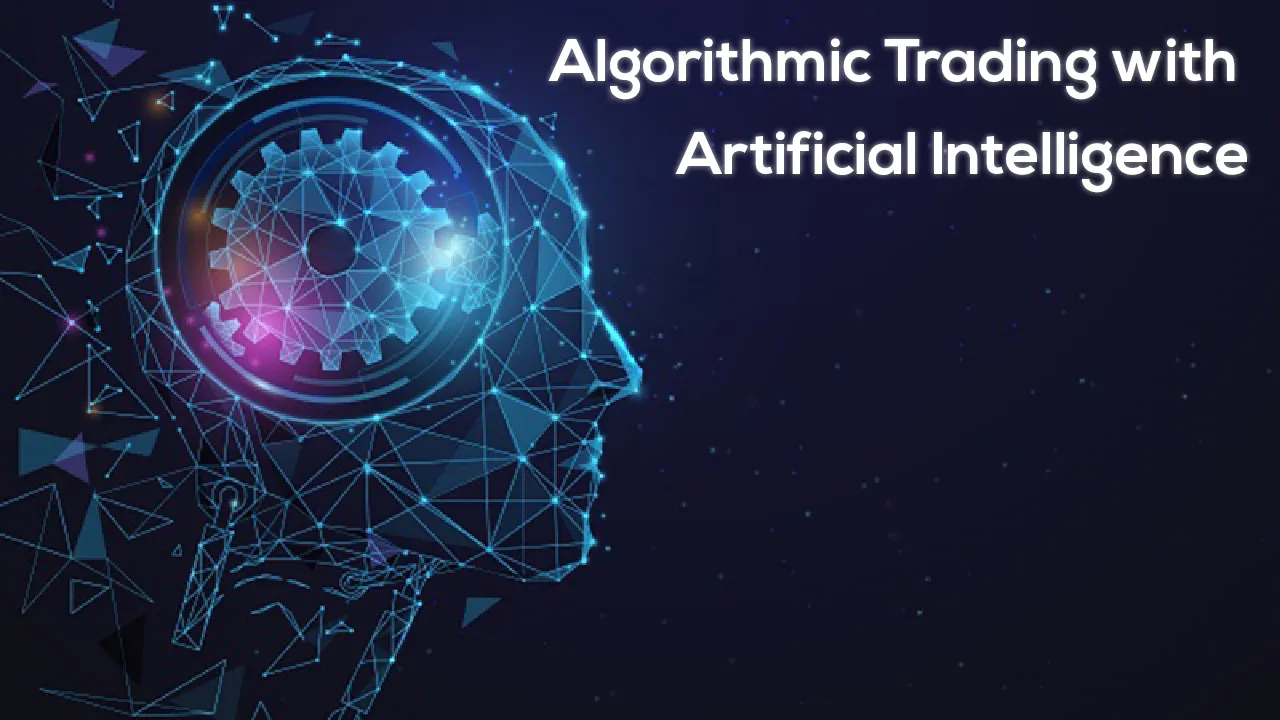Introduction
About 3,500 publicly listed companies can trade in the US Stock Market, but more than 80% of the daily price moves are algorithmic. Financial trading has evolved as a traditional brain-driven rationalism to a data-driven empiricism. Below I walkthrough a thorough justification of selecting the US Dollar for Algorithmic Trading with Artificial Intelligence because the reserve currency of the US Dollar is widely misunderstood. Let’s first begin with operational definitions.
Domain Knowledge on the Currency Markets
Currency has been around for thousands of years, but it is expressed in different ways today with complex factors. The US Dollar is the global reserve currency and the underlying collateral for countless business relationships worldwide, not to mention dozens of financial market products. Identifying the factors that drive the US Dollars is difficult because of the layers of influence. A single validation of a single layered equation like linear regression may change due to regime switching. In other words, cause and effect relationships come and go suddenly without warning and possible randomness. Importing, exporting, government budgets and local inflation rates from dozens of countries, and so much more will add and subtract their influence in the US Dollar. We are simply very far from capturing the data engineering of the global supply of US Dollars and its global demand.
More importantly, how does a currency crash? I am astonished by the number of people worldwide who believe that a currency crashes by approaching a zero value. All past currency crashes throughout history have a currency exchange rate value, not far, but very far from zero. For example, the German Deutsche Marks in the Weimer Republic before World War II or the decade ago currency blow ups of Venezuela Bolivar or Zimbabwean Dollar, to name a few.
Corporations are not a sovereign entities because stocks are issued by corporations and currencies are issues by governments. We have to understand the direction of value before we model because a worthless asset has no demand and has no supply with a value approaching zero. However, a worthless currency has very little demand and a massive oversupply with a value not approaching zero at all. Specifically, a currency is not an asset because it is an exchange. The value of an asset is not the same as the value of an exchange. Just like a house thermometer is an asset to a house as it reads the house temperature, but that is not related to how house residents exchange their temperature values or opinions. A single data point on a single product is not the same as a variety of data points on the same product. There may be convergence in value, but more importantly there is almost always divergence in value.
#debt #data-science #us-dollar #artificial intelligence
